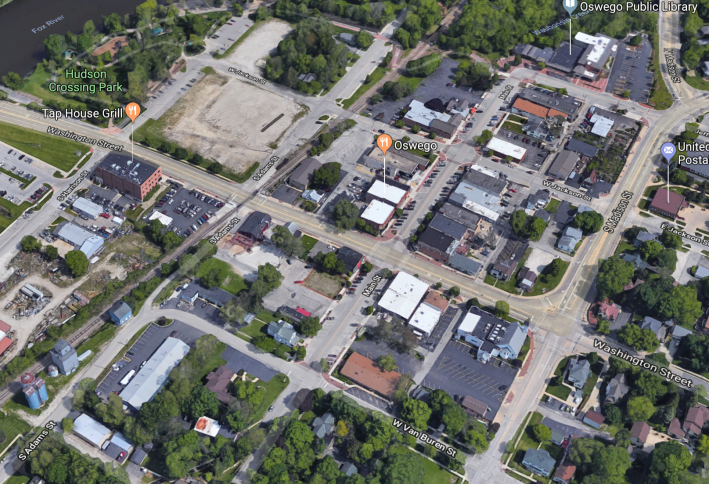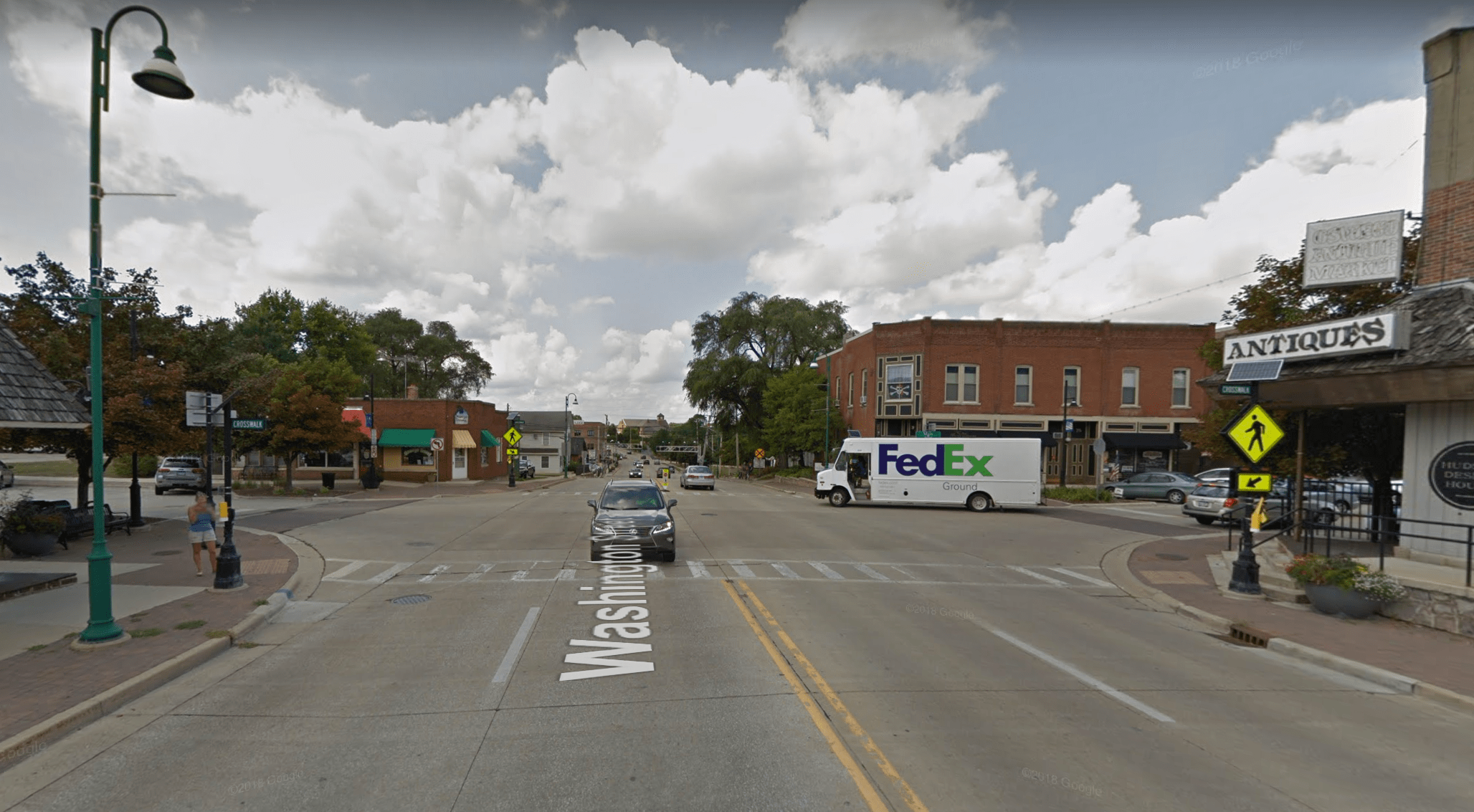Next Monday, November 19, Illinois Department of Transportation secretary Randy Blankenhorn will join Chicago officials at downtown Federal Plaza to give remarks as part of the city’s observation of World Day of Remembrance for Road Traffic Victims. He’ll be voicing support for efforts to prevent serious and fatal crashes.
Blankenhorn’s days at IDOT could be numbered, since J.B. Pritzker will be taking over as governor early next year and may appoint a new department chief. But the department should put his words into action by working with leaders in southwest suburban Oswego to reverse a poor decision made two decades, which recently had deadly consequences.
On October 19 at about 6:30 a.m., Irene Madden, 46, was driving an SUV west on Washington Street near Adams Street in Oswego when she struck Beverly Zanko, 79, as she crossed Washington. Zanko was taken to a hospital, and later died from her injuries. Madden was cited for failure to reduce speed to avoid a crash.
When you look at the layout of Washington, a state highway that cuts through the village's downtown before crossing the Fox River to the west, it’s clear that it was only a matter of time until something like this happened. Adams is one block west of Main Street, the village’s pedestrian-oriented retail strip, but Washington forms a major barrier for people on foot.
Washington is a four-lane street with no stoplights or stop signs on the nearly half-mile stretch between signals at Madison Street (two blocks east of Adams) and Walter Payton Memorial Highway, which runs along the west bank of the river. Although Washington is signed at 20 mph through downtown Oswego, the street geometry and lack of traffic controls encourage deadly vehicle speeds.

According to a Chicago Tribune report by Linda Girardi, in 1997 Oswego locals lobbied IDOT to install a stoplight at Main Street to facilitate crossing, but state officials were reluctant to do so, arguing that the intersection didn’t meet the standards for a traffic signal. Instead, the state lowered the speed limit to 20.
By 1999 IDOT had approved the traffic signal, but the plan would have required removing 19 car parking spots on Main Street, which are currently diagonal spots. It’s not clear why was the case, but this may have been to make room for turn lanes on Main – I’ve reached out to IDOT for details. According to village officials, merchants and residents opposed eliminating the parking spots, blocking the project.
Following Zanko’s death, Oswego village president Gail Johnson told the Tribune that it’s unfortunate that the stoplight wasn’t installed back then. “[The fatal crash] was a tragedy and our hearts go out to the woman's family,” she said. However, she argued that the decision to not install the signal was somewhat understandable, since Washington carried less traffic back then. Oswego’s population has more than doubled since 2000.
Johnson will be meeting with IDOT staffers in the coming days to discuss the possibility of installing stoplights on Washington at Main and Harrison Street, just east of the bridge, the Tribune reported. Members of the village board will discuss options for improving safety at downtown intersections on Tuesday night. Other possibilities include pedestrian-activated crosswalk beacons, with or without a red light requiring motorists to stop.
Hopefully IDOT and Oswego leaders will move quickly to improve safety on Washington in the wake of Zanko’s death. But it shouldn’t have required a tragedy for leaders to take action to improve downtown pedestrian safety.
![]()
Did you appreciate this post? Consider making a donation through our PublicGood site.






